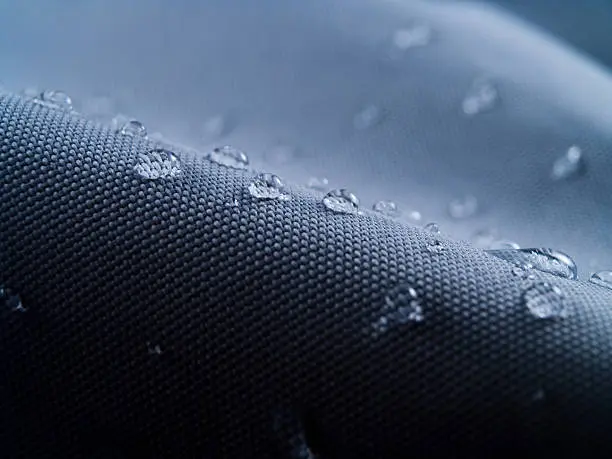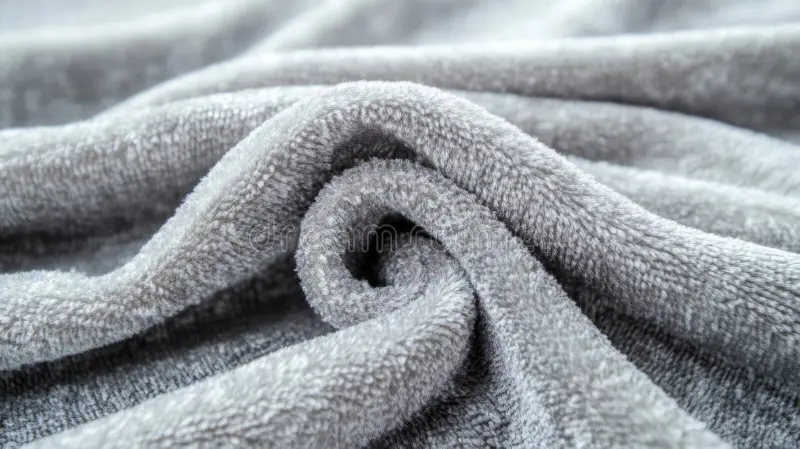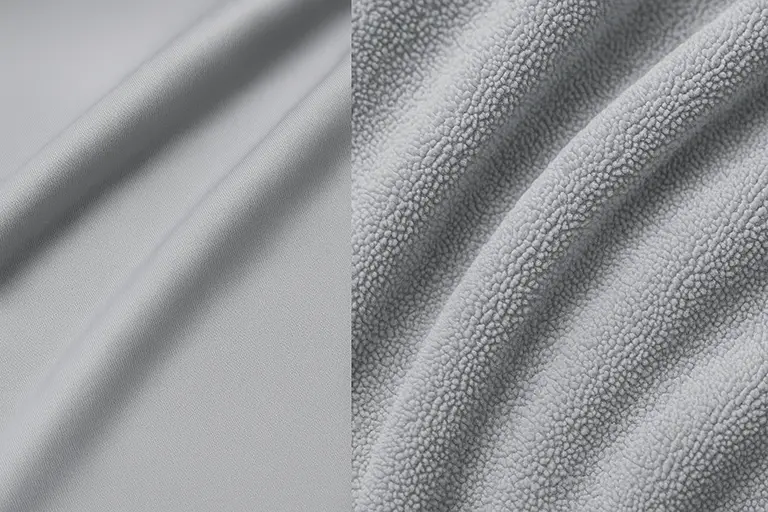When shopping for textiles, especially bedding, clothing, or cleaning materials, you’ve likely encountered the terms “microfiber” and “polyester.” While they might sound similar or interchangeable, each has distinct properties, benefits, and uses. Understanding these differences can help you make informed choices for your specific needs.
What is Polyester?
Polyester is a synthetic fabric derived from petroleum-based products. It’s widely used in the textile industry due to its durability, affordability, and versatility. Polyester fibers are strong, resistant to wrinkles, shrinking, and stretching, making them ideal for clothing, upholstery, bedding, and outdoor gear.
Advantages of Polyester:
- Durability: Polyester is highly durable and resistant to wear and tear.
- Easy Maintenance: It is easy to wash, dries quickly, and doesn’t require ironing.
- Cost-Effective: Polyester is generally less expensive than natural fibers, making it accessible for various applications.
- Versatility: Available in many textures and finishes, suitable for different purposes from clothing to home textiles.
Disadvantages of Polyester:
- Breathability: Polyester isn’t very breathable, which can make it uncomfortable in hot climates.However, it is worth noting that modern textile technology has developed many improved polyester fabrics (such as moisture-wicking fabrics commonly found in sportswear), which improve breathability and moisture management capabilities through special fiber structures or weaving methods.
- Environmental Impact: Being petroleum-based, polyester production has environmental implications, including reliance on non-renewable resources.

What is Microfiber?
Microfiber refers not to a specific material, but to the ultra-fine size of the fibers used. Microfiber can be made from various materials, most commonly polyester, nylon, or a blend of both. These fibers are incredibly thin, typically less than one denier (a measurement of fiber thickness). This fine structure gives microfiber unique properties, making it extremely soft, absorbent, and effective for cleaning.
Advantages of Microfiber:
- Softness and Comfort: Microfiber fabrics are exceptionally soft, making them great for bedding, clothing, and towels.
- High Absorbency: Due to their fine fibers, microfiber products can absorb liquids and trap dirt effectively, ideal for cleaning products.
- Durability and Strength: Microfiber is strong and resistant to pilling and tearing.
- Quick Drying: Microfiber dries quickly, reducing the chance of mildew or bacterial growth.
Disadvantages of Microfiber:
- Environmental Concerns: Like polyester, microfiber can shed tiny fibers during washing, contributing to microplastic pollution.
- Heat Sensitivity: Microfiber fabrics may be sensitive to high heat and require careful washing and drying.

Microfiber vs. Polyester: Key Differences
While microfiber often includes polyester fibers, the key differences lie in fiber size and application:
| Feature | Polyester | Microfiber |
|---|---|---|
| Fiber Size | Standard synthetic fibers | Ultra-fine fibers (less than one denier) |
| Texture | Smooth, but can feel synthetic | Extremely soft and plush |
| Absorbency | Low absorbency | High absorbency, excellent for cleaning |
| Breathability | Limited | Slightly better, but still limited |
| Uses | Apparel, upholstery, bedding | Bedding, cleaning cloths, towels, apparel |
Choosing the Right Fabric for Your Needs
- For Cleaning: Microfiber is the clear winner due to its superior absorbency and dirt-trapping capabilities.
- For Clothing and Bedding: Polyester is durable and affordable, but microfiber provides a softer, more luxurious feel.
- For Outdoor Gear: Polyester’s durability and resistance to environmental factors make it ideal.
As a textile manufacturer, understanding these nuances helps us create products tailored to specific applications. Whether you’re looking for durability, softness, or absorbency, knowing the differences between microfiber and polyester ensures you choose the best fabric for your needs.


Leave a Reply